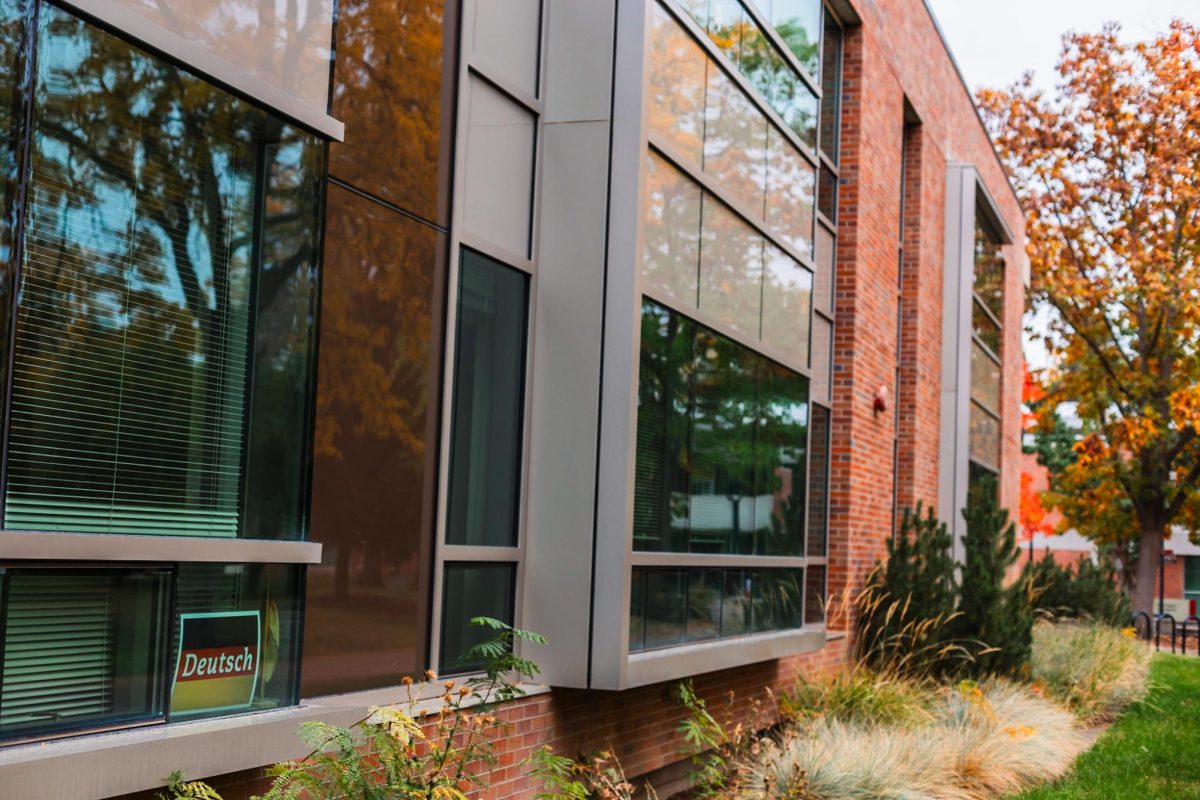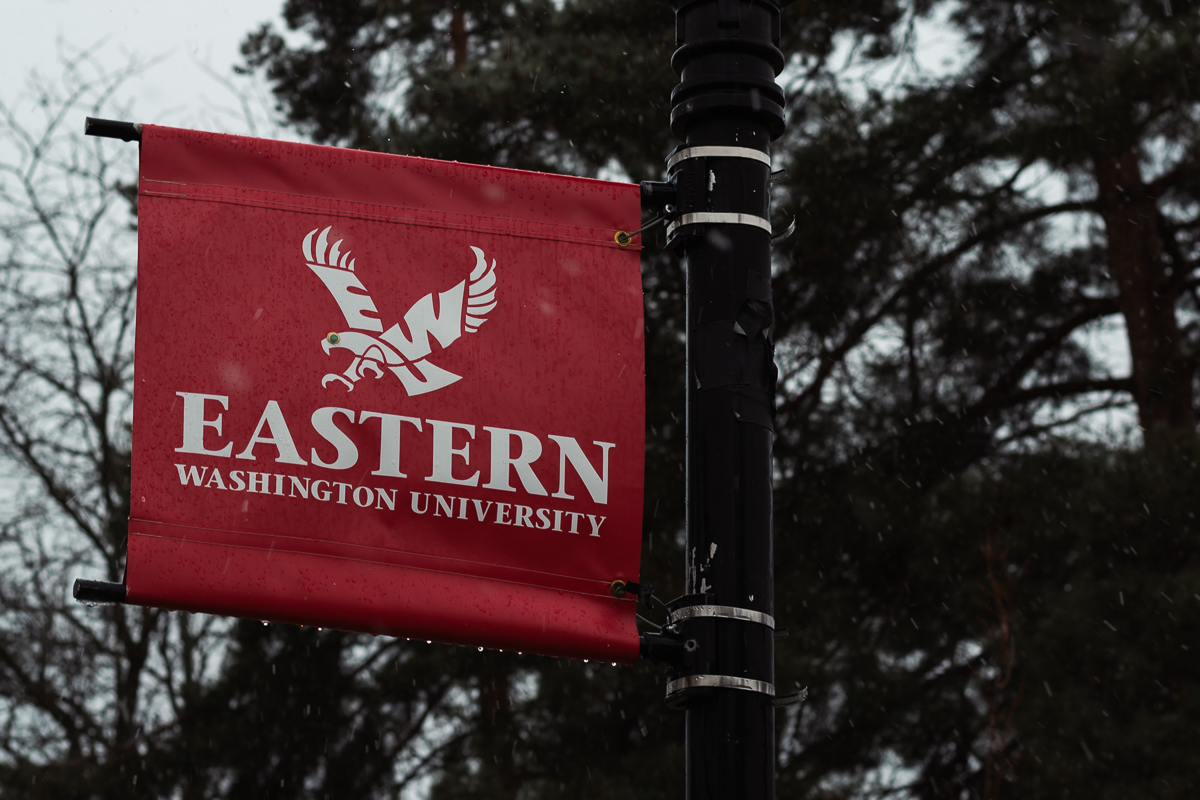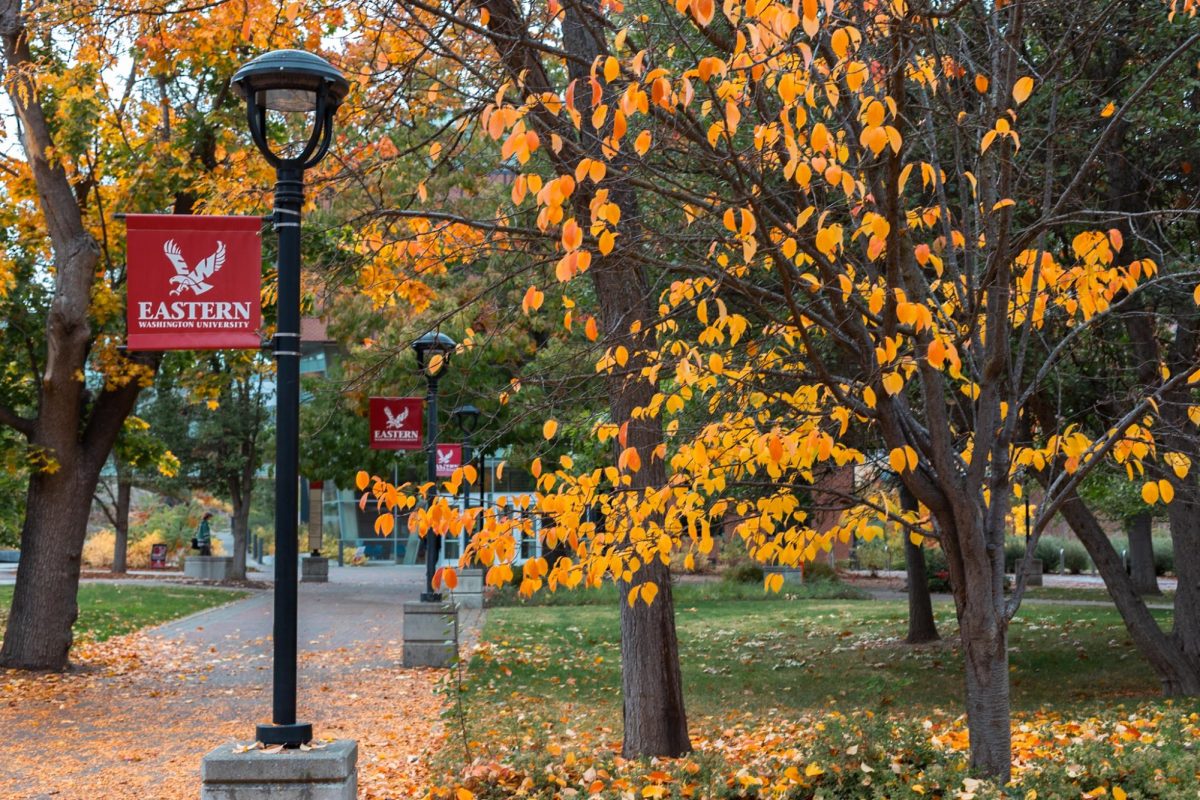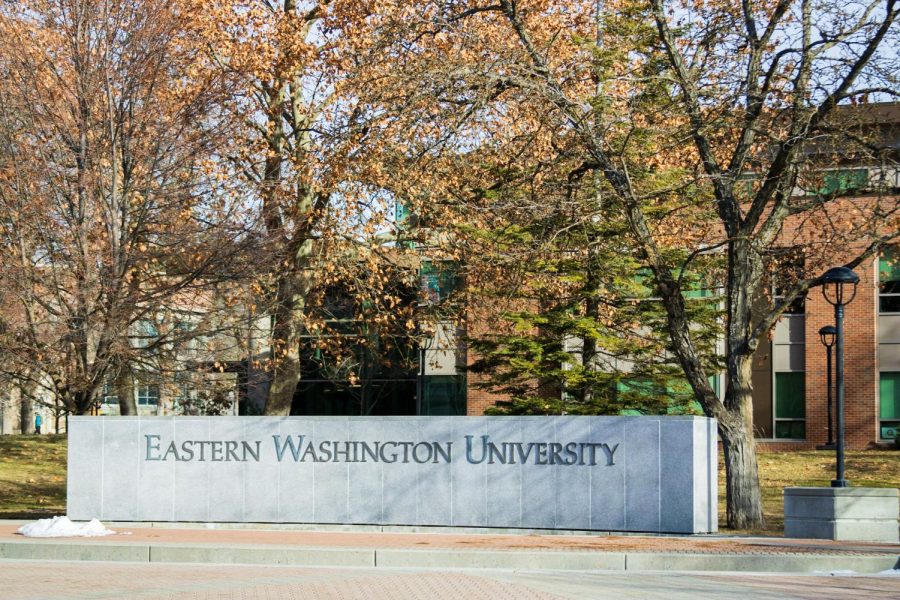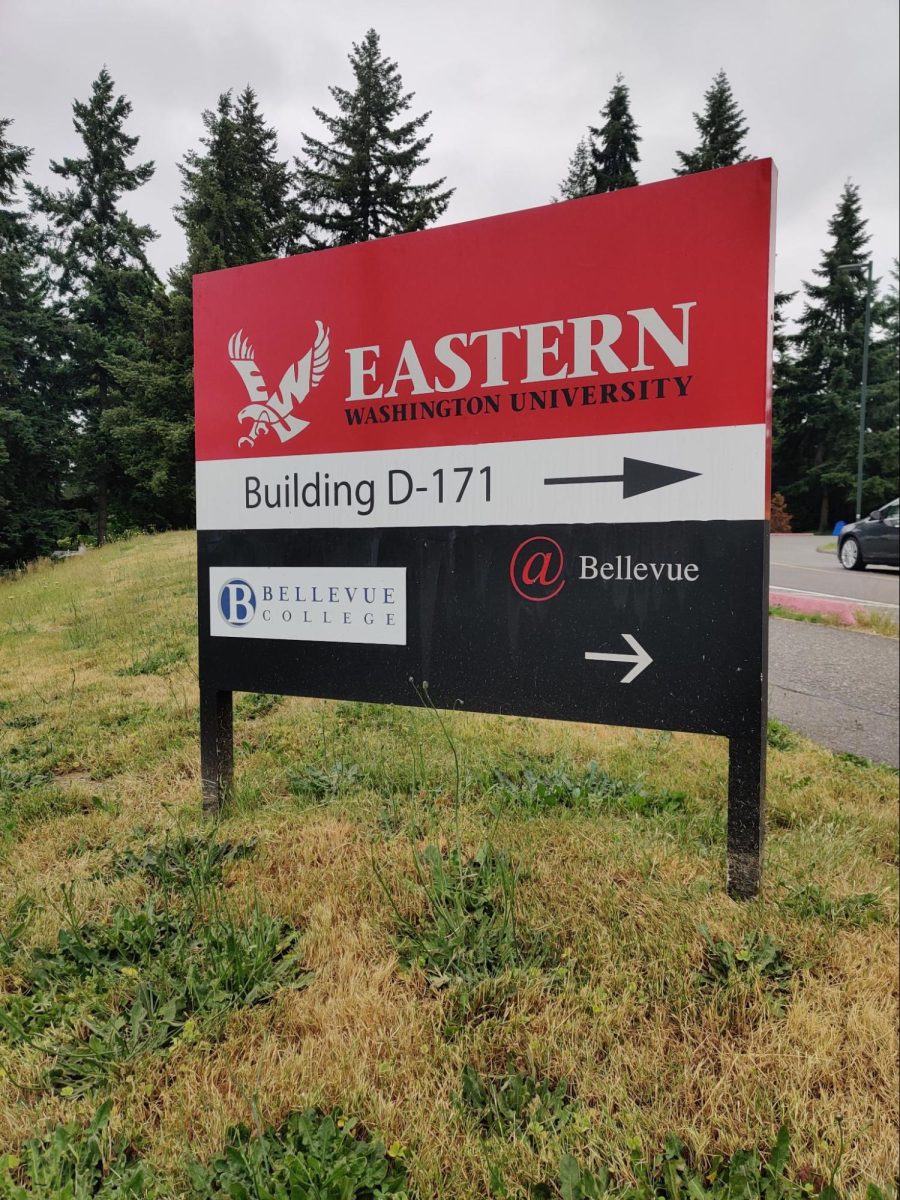By Nick Thomas
staff writer
Some students are not excited about their loose-leaf textbooks, but the cost savings are hard to argue with.
Loose-leaf textbook use has noticeably increased this quarter, particularly in GECR’s like math and foreign languages, as well as physics and economics. These unbound books save students big time at the register, often costing half of their bound counterparts.
These savings come with drawbacks, however, the biggest being the bookstore will not currently buy them back at the end of the quarter. Also, they do not rent them out, although this may happen in the future since textbook rental has been a huge factor in saving students cash. A banner in the bookstore claims the new program has saved students over $1 million dollars since December 2010.
Patty Ambrosi, assistant director and textbook manager for the EWU Bookstore, said the real cost savings come upfront, and that students should realize that even though they cannot resell them, they are usually saving more with loose-leaf then they likely ever could recoup by selling them.
“Take for example the calculus book, the big white one, you use it for three quarters, if you bought it new last year it was $280, and a used copy was $210,” Ambrosi said. “This year it is $150 and it comes with WebAssign and all of that. So you’re saving over $100,” she said.
Some students are quicker to point out drawbacks though, mainly the low durability for what is still a high sticker price.
“The cons are you can easily lose the pages,” said Joel Seier, a junior pre-med student. “I prefer real books, not those loose-leaf contraptions.”
Pages easily rip out of a three-ring binder, pages that easily become lost, pages you paid over $100 for. Ironically, this drawback is the main reason the bookstore is hesitant to buy them back. According to Ambrosi, they would simply not have the time to physically check each and every book to ensure every page was there, and to shrink-wrap them as well.
Junior accounting major Sarah Nowak at first was hesitant about them. “I thought they were terrible at first because you can’t sell them back,” she said. “I like them now because you can separate the sections you need and only carry around a couple chapters at a time.”
“Textbooks are a captive market,” Ambrosi said, referring to the reasons textbooks, including loose-leaf textbooks, are so expensive. Other contributing factors include compensating authors, editors, designers, printers and the increasing amounts of supplemental material like Webassign.net, DVDs or other online content bundled with the textbooks.
How often students end up utilizing such supplemental content is unclear. What is clear is that the high cost of textbooks continues to be a source of boundless spite throughout America.
A graph on the American Enterprise Institute’s blog shows an 812 percent rise in textbook prices since 1978. This dwarfs increases in tuition rates, medical services and the former housing bubble. It is now being referred to by some as “the textbook bubble,” with publishers being referred to as “the textbook cartel.”
No one — besides booksellers — denies the absurdity of an 812 percent increase, yet there seems to be nothing students can do about it. Loose-leaf textbooks, while imperfect, and still expensive, make a dent in the bubble.
Despite the lack of on-campus buy-back, students can resell textbooks on their own through sites like Amazon, Half.com, in person through Craigslist or campus bulletin board flyers. Smaller online retailers may buy them as well.




